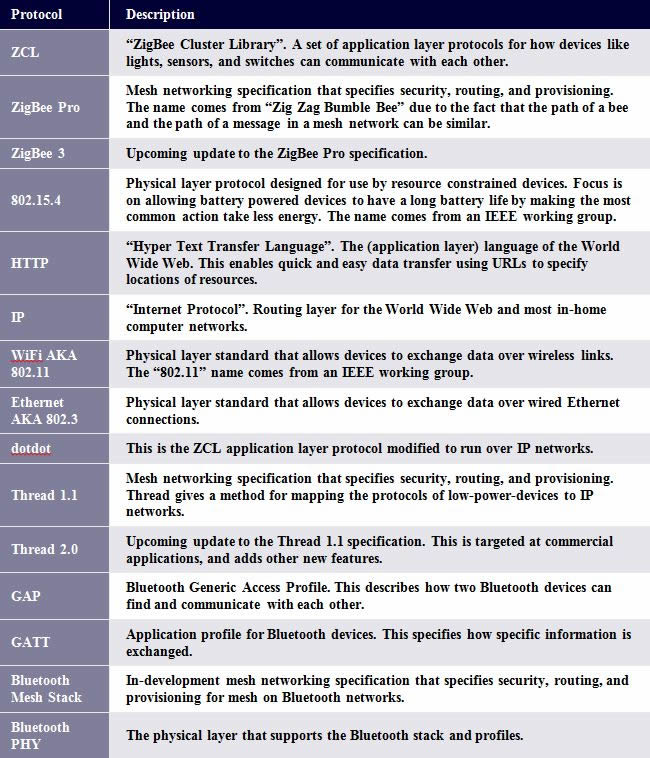Understanding the alphabet soup of IoT acronyms
As the Internet of Things (IoT) industry continues to expand, new information on emerging best practices, technical specifications and design considerations continues to flood the market. Matt Smith, Head of Cortet Engineering explains.
One of the main priorities of CEL is helping companies navigate through the deluge of information and identify which technology choices will have the biggest positive impact on upcoming IoT plans.
This article helps to explain the existing technologies and attempts to demystify the ocean of IoT protocols. It will also look at the framework for categorising the various technologies and explain some criteria on how to compare and evaluate these.
Oftentimes, it’s hard to be sure of what items need to be, or even can be, compared to each other. New ideas and protocols are becoming available at a rapid pace and some companies are pushing technologies that aren’t yet ready for prime time. This makes it confusing.
One of the most important decisions organisations may be facing is which communication protocols to choose. This decision impacts the hardware and what devices and functionality are available. Communication protocols need to be grouped together. Like puzzle pieces, only certain protocols can ‘connect’ to each other.
The communication protocols you need to know
Below is a list of the most important protocols that need attention. This list is based on multiple factors from Cortet Engineering research, including performance, latency, interoperability, as well as current industry adoption levels.
If this list looks daunting, that’s ok. This is the problem with the list. It is just a list. The protocols need to be organised in a way that allows a high level of understanding of the benefits and drawbacks of each. The next section offers a way to make sense of all of these.

A framework for organisation and comparison
With a list of critical protocols defined, the next step is to create an effective and efficient way of evaluating and comparing them.
We have organised these protocols into ‘Protocol Stacks’. A Protocol Stack shows which protocols can build on top of other protocols. Like puzzle pieces, only certain protocols can ‘connect’ to (sit on top of) other protocols.
The table below is populated with the protocols from our list above and organised into Protocol Stacks.

A Protocol Stack must be used as a whole, so stacks must be compared to each other, rather than comparing separate parts of different stacks.
Much of the confusion around IoT comes from not understanding what can be compared and what protocols can (and must) be paired together. Each Protocol stack consists of a three-layer model, as defined below:
Physical Layer: This layer describes how messages are physically exchanged. It describes what physical medium (cable, wireless) is used, what frequency (for wireless), and message encoding scheme. This is how physical, measured events are translated into bits.
Routing Layer: Now that devices have a way to exchange messages, there needs to be a set of rules for how to get a message from one device to another when the devices aren’t close to each other. This layer explains how devices find each other and work together to get messages to devices that are not within range of the initiating device. The content of the message is unimportant for this layer. This layer focuses on delivery from point A to point B.
Application Layer: This layer explains the content of the messages. How do the bits translate into an action for a device? This layer describes what a ‘turn the light ON’ or ‘DIM the light to 50%’ message looks like. This allows devices to work together to take action and communicate.










